Expert proctology support to ensure safe, effective, and lasting recovery.
You must get pilonidal sinus surgery immediately as it is a painful anorectal condition that needs surgical intervention. We ensure an efficient patient journey with qualified surgeons, medical care coordinators, paperwork and insurance assistance, and post-surgery care.
Happy Patients
Disease
Hospitals
Cities
Pilonidal sinus is a medical condition that occurs due to the formation of a cyst or abscess in the cleft of the buttocks. The condition is more common in men than women and usually affects people who sit for longer periods.
There are two types of pilonidal sinus – acute pilonidal sinus and chronic pilonidal sinus.
Acute pilonidal sinus is a one-time problem, and it doesn’t recur once treated. The most common symptom is pain and tenderness in the area around the natal cleft. The affected area may also be red and swollen. Acute pilonidal sinus is usually caused by an infection, which can be bacterial or fungal in nature.

Chronic pilonidal sinus is a long-term condition that becomes severe over a period of time. The symptoms of chronic pilonidal sinus are similar to those of acute pilonidal sinus, but they may be more severe. In chronic cases, the affected area may develop a small pit or sinus that drains pus. The condition may also cause recurrent infections, which can lead to the formation of abscesses.
It’s can be treated with medications and home remedies in initial stage. Surgical treatment for severe cases of pilonidal sinus is necessary to remove the sinus tract and prevent the recurrence of the condition.
Pilonidal sinus can be diagnosed by an experienced proctologist. During the consultation, the doctor may ask you about your medical condition, medical history etc. The most commonly performed tests for the diagnosis of pilonidal sinus include:
To diagnose pilonidal sinus, your doctor will first physically examine the affected area. They will look for signs of inflammation, such as redness, swelling, or tenderness. They may also look for signs of infection, such as the presence of pus or drainage.
Your doctor may recommend imaging tests, such as an ultrasound or MRI, to get a better understanding of the severity of the condition or the chances of any other complications.
If your doctor suspects that you have pilonidal sinus, they may also perform a biopsy. During a biopsy, your doctor will take a small sample of tissue from the affected area and send it to a lab for analysis. This can help confirm the diagnosis and find out other possible conditions.
Surgery is often recommended for pilonidal sinus because the condition tends to recur. The main goal of surgery is to remove the affected tissue and prevent new pilonidal sinuses from forming.
Several surgical techniques treat pilonidal sinus, including:
During lancing, the doctor makes a small incision in the affected area to drain the abscess, relieving pain and discomfort. This procedure typically takes place in a doctor’s clinic or outpatient setting, followed by wound care and antibiotics. Lancing often works well, especially when other treatments haven’t succeeded.
Open surgery generally includes two types: incision-drainage and pilonidal cystectomy.
Incision and drainage:
This approach involves making a small cut in the affected area to drain the pus-filled abscess. Draining the abscess helps relieve pain and stops the infection from spreading. After the procedure, the doctor either packs the wound with gauze or leaves it open to heal naturally. They may also prescribe antibiotics to prevent further infection.
Open pilonidal cystectomy:
In this procedure, the surgeon makes an incision over the cyst, removes the cyst and surrounding tissue, and drains any abscesses. Depending on the size of the removed cyst, the surgeon may decide whether or not to pack the area with gauze. If the infection is severe, they place a drainage tube to collect fluid, which they remove once all the fluid has drained to lower the risk of recurrence.
Laser treatment is a minimally invasive technique proven effective for pilonidal sinus. The surgeon uses laser energy to destroy sinus tracts through a few small incisions. This method promotes faster healing and reduces the risk of complications. Most patients resume normal activities within a few days. It’s a suitable choice for those who prefer a less invasive option.
After surgery, patients must keep the area clean and dry to avoid infection and support healing. Doctors may also prescribe pain medication to ease discomfort. With proper care, most patients recover fully within a few weeks.
Pilonidal sinus laser surgery offers various benefits, including;
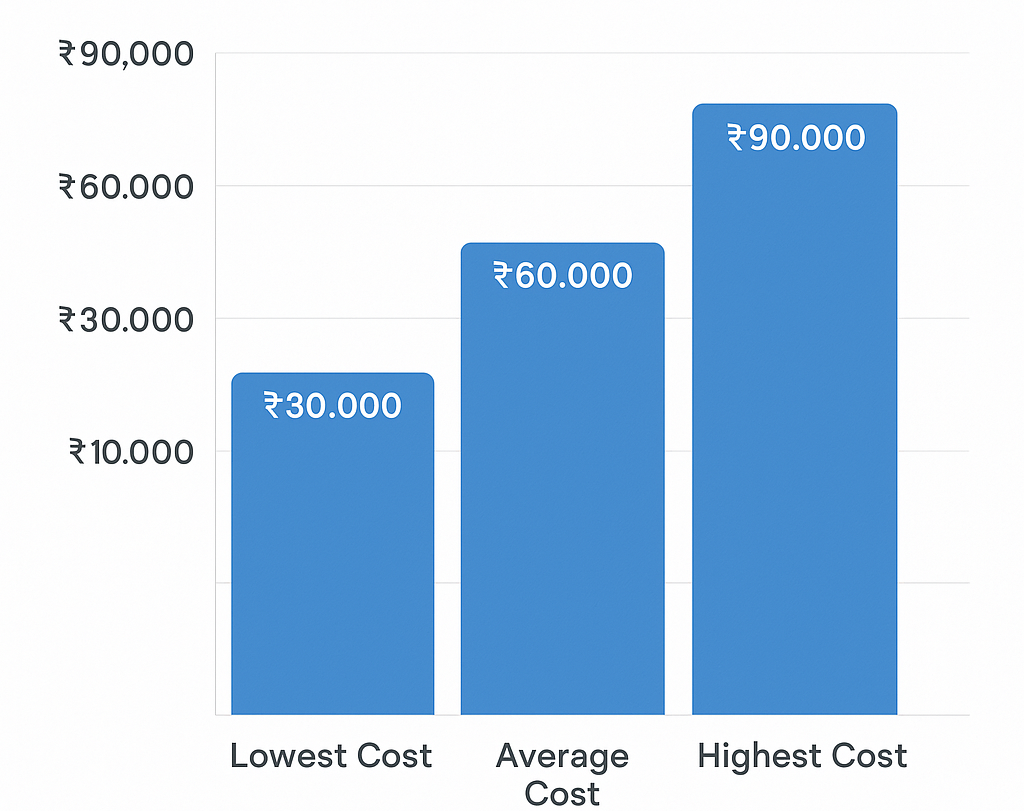
Preparing for Pilonidal Sinus Surgery is an important step toward a successful surgery. There are a few things a patient can do to prepare for the pilonidal sinus surgery. Some standard guidelines to prepare are as follows:
By following these suggestions, you can ensure that you are well-prepared for your pilonidal sinus surgery and set yourself up for a smooth and successful recovery.
Self-care at home is essential after undergoing pilonidal sinus laser surgery to make the procedure successful. Here are some recovery tips after pilonidal sinus surgery.
After undergoing pilonidal sinus surgery, it is important to make some lifestyle changes to make the treatment successful. Here are some common lifestyle changes you should follow after pilonidal sinus surgery;
By following these lifestyle changes, you can ensure a speedy recovery after pilonidal sinus treatment through surgery. Always remember to follow your doctor’s instructions and to contact them if you experience any complications or concerns.
While pilonidal sinus laser surgery is generally safe, there are some risks and complications associated with the procedure. The most common risks and complications associated with pilonidal sinus surgery are:
Overall, pilonidal sinus surgery is generally safe, but there are some risks and complications associated with the procedure. Patients should be aware of these risks before undergoing surgery and should discuss any concerns with their doctor.
The cost of pilonidal sinus laser surgery ranges between INR 55500 to INR 80500 and open surgery for pilonidal sinus surgery cost between INR 35,000 to INR 80,000. The final cost of pilonidal sinus surgery may be different for individuals depending on various factors such as hospitalization charges, surgeon fee, cost of diagnostic tests, the severity of the condition, type of procedure used, cost of anesthesia, anesthesiologist fee, follow-up charges, etc.
Usually, major health insurance companies cover pilonidal sinus surgery cost in India, but it is better to ask your insurance provider about your policy coverage. If you have insurance and choose HeptaCare Health for pilonidal sinus surgery, then our dedicated insurance team can help you in claiming your insurance on your behalf and let you free to be prepared for the procedure.
Patients seeking pilonidal sinus treatment without surgery can rely on home remedies to relieve the symptoms. Here’s a list of home remedies that you can follow at the initial stages of pilonidal sinus.
These home remedies can help to alleviate the symptoms of pilonidal sinus. However, it is important to consult a doctor if the symptoms persist or worsen.
Metronidazole ointment is a medication used to treat pilonidal sinus. It contains ingredients such as methylparaben, propylene glycol, and propylparaben and sodium hydroxide that fight bacteria.
The ointment is applied topically to the affected area and is known for its anti-inflammatory properties. It is often prescribed alongside oral antibiotics for maximum effectiveness.
Clindamycin ointment is a medication commonly used to treat bacterial infections. Its active ingredient is clindamycin, which belongs to the class of antibiotics known as lincosamides.
This ointment is effective in relieving pilonidal sinus. It is important to follow the instructions provided by your doctor or pharmacist when using this medication to ensure the best possible outcome.
Metronidazole is a medicine that has been used as an antibiotic for decades. It effectively stops the growth of bacteria and protozoa in the cyst.
Metronidazole is available in capsule, tablet as well as topical form. The dosage of Metronidazole depends upon the severity of the pilonidal cyst or sinus.
If you are taking the medicine orally, you should take it with food or with a full glass of water or milk to avoid stomach upset. Metronidazole is effective against various infections and thus will bring significant relief from the condition of pilonidal sinus.
This antibiotic is the most commonly prescribed by doctors for treating pilonidal sinus. It's also widely used for managing various other infections.
It slows down the growth of bacteria. Erythromycin can also kill sensitive bacteria by reducing the production of proteins that the bacteria need to survive. Erythromycin is available in oral, topical as well as intravenous forms.
The dosage will depend upon your condition and your response to the medicine. Erythromycin works best when it is taken empty stomach. Try to take the medicine before meals. In case of nausea, you can take it with food or milk.
Clindamycin is another effective antibiotic to cure the problem of pilonidal sinus. It stops the growth of harmful microbes and prevents them from multiplying. It is effective against a number of infections that are bacterial in nature.
Clindamycin is available as oral solutions and capsules as well as topical foams, gels, and ointments. To get the best results for pilonidal sinus, you should take the capsule at evenly spaced intervals of time.
Take the capsule with a full glass of water and do not lie down for at least 10 minutes after taking the medicine.
Cefixime is yet another broad-spectrum antibiotic that is popular in use for curing pilonidal sinus. It prevents the harmful bacteria in the cyst from forming cell walls.
These cell walls are necessary to keep the bacteria alive and thrive. Hence, cefixime destroys the infection-causing bacteria in the pilonidal cyst. Cefixime is available in the form of capsules, tablets and chewable tablets. For best results, take the medicine with or without food as your doctor recommends.
One common non-surgical treatment option is the use of antibiotics. Antibiotics can be prescribed to help fight infection and reduce inflammation. They can be taken orally or applied topically, depending on the severity of the condition.
Along with these antibiotics, your doctor may also prescribe certain anti-inflammatory drugs that will help relieve the pain and subsiding the swelling of the cyst. These include medicines like acetaminophen and ibuprofen.
Note: You should not take the above-mentioned medicines without proper consultation with a doctor. Self-medication can have side effects. Also, if you get relief before the completion of the course of the medicine, do not discontinue its use without discussing with your doctor.
If pilonidal sinus is left untreated, it can lead to a number of complications. Here are the main points to consider:
Overall, it is important to seek medical attention if you suspect you have pilonidal sinus. Early treatment can help prevent complications and improve your overall health and quality of life.
If you have a pilonidal sinus, it is essential to follow a healthy diet to promote healing and prevent complications. Here are some foods you should include in your diet:
Here’s a list of foods that you should avoid if you have a pilonidal sinus.
Fried or fat-rich foods: These can cause inflammation and worsen the condition of pilonidal sinus.
Processed foods: High in sodium and preservatives, they may lead to inflammation and aggravate symptoms.
Red meat: Excessive consumption of red meat and other high-protein foods may increase the risk of developing a pilonidal sinus.
High-sugar foods: Consuming sugary snacks and drinks can trigger inflammation and other related health issues.
High-fat dairy products: These contribute to inflammation, potentially worsening the condition.
Spicy foods: Known to irritate the digestive system, spicy foods may increase inflammation.
Citrus fruits: While nutritious, they should be eaten in moderation as they can irritate the digestive tract.
Alcohol and smoking: Both can weaken the immune system, hindering the healing process.
Caffeine: Too much caffeine may contribute to inflammation and discomfort.
Fried snacks: Processed and fried snacks can escalate inflammation and aggravate the condition.
Carbonated beverages: These drinks may cause bloating and inflammation, worsening symptoms.
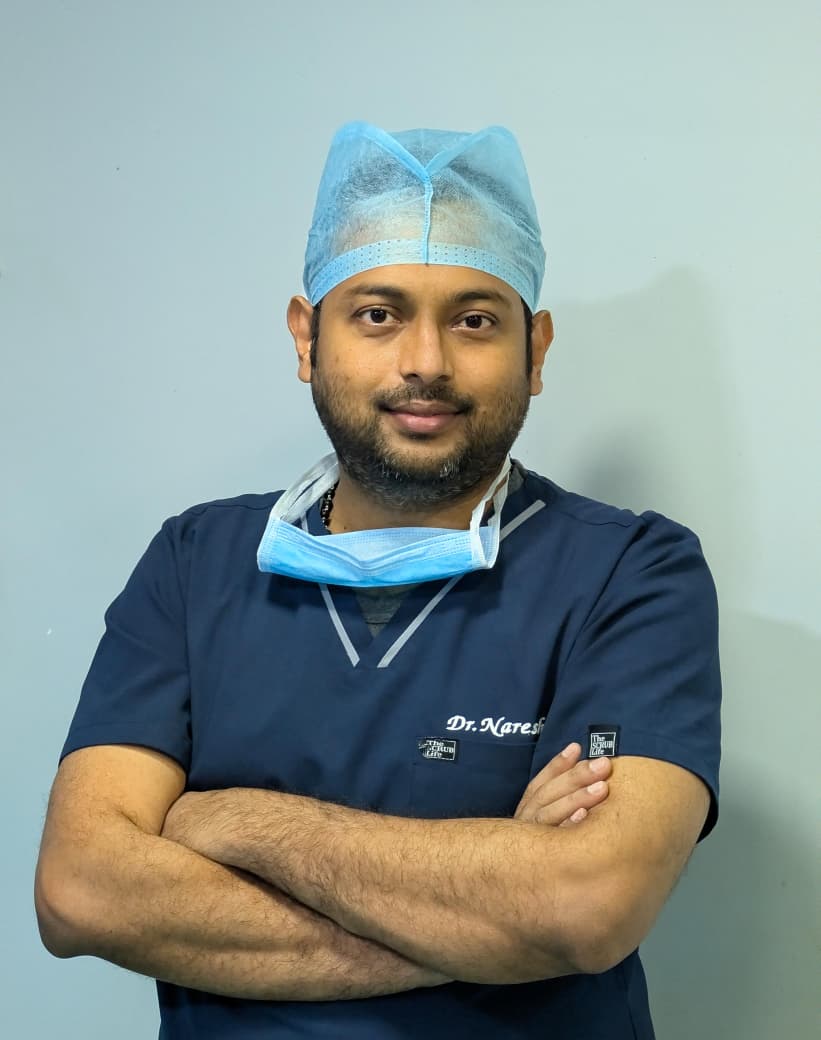

Based on 7721 Recommendations | Rated 4.68 Out of 5
Happy Patients
Clinics
Cities
Surgeries
Doctors
Hospitals

Advanced, non-surgical care for painful anal fissures with quick relief and minimal downtime.
Expert proctology support to ensure safe, effective, and lasting recovery.

Get relief from painful piles with advanced laser treatment.
Minimally invasive, no stitches, same-day discharge…

Heal painful anal fissures with advanced, non-surgical care.
Quick relief, minimal downtime, expert proctology support…
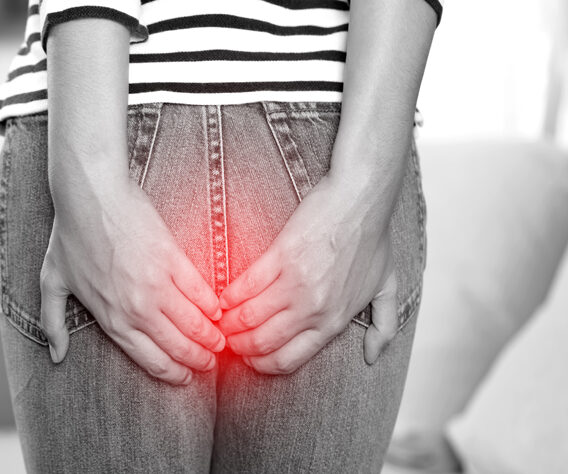
Advanced treatment for rectal prolapse by expert surgeons.
Safe procedure, minimal pain, long-term relief.
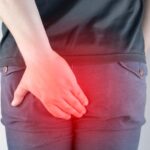
Advanced treatment for fissure by expert surgeons.
Safe procedure, minimal pain, long-term relief.
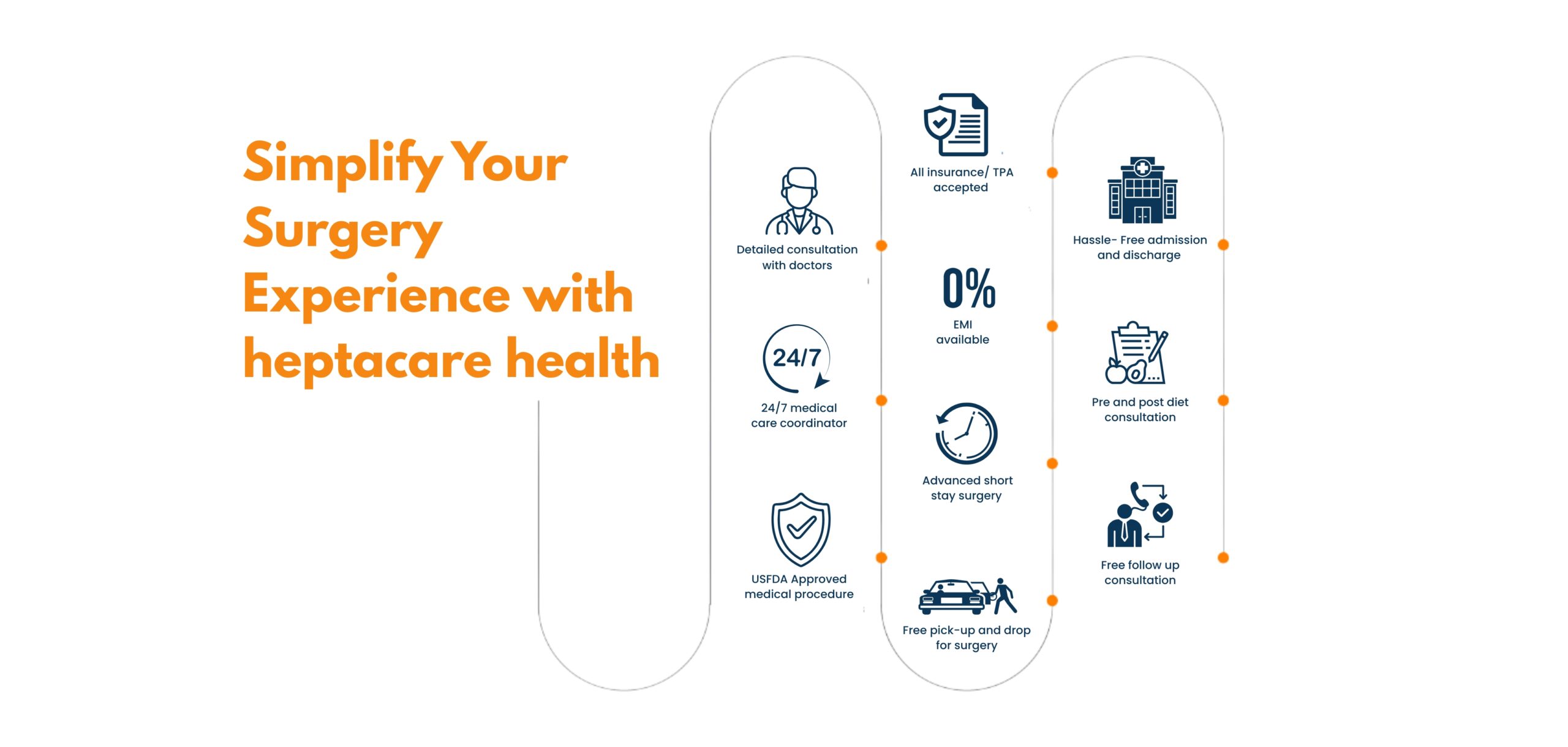
Common symptoms include itching, pain during bowel movements, bleeding, and swelling around the anus.
Yes, most health insurance plans cover piles surgery, including laser treatment.
Eat a high-fiber diet, drink water, avoid straining during bowel movements, and exercise regularly.
It’s a safe and effective method with minimal side effects and faster healing than traditional surgery.
● piles laser surgery cost in Vizag ● low-cost piles surgery in Hyderabad ● cashless piles treatment near me ● painless piles surgery in Vijayawada ● piles treatment with insurance in Vizag ● piles removal surgery cost in Hyderabad ● piles operation packages in Vijayawada ● affordable piles treatment near me ● piles laser treatment clinic in Hyderabad ● piles doctor consultation charges in Vizag ● best piles surgery cost in Vijayawada ● piles treatment hospital near me ● piles laser operation price in Hyderabad ● low-cost piles laser treatment in Vizag ● piles removal cost near me ● piles treatment with EMI in Vijayawada ● piles surgery specialist near me ● piles surgery packages in Hyderabad ● piles treatment clinic near me ● piles laser surgery near me
Disclaimer: **The result and experience may vary from patient to patient.. ***By submitting the form or calling, you agree to receive important updates and marketing communications.
Getting an accurate diagnosis can be one of the most impactful experiences that you can have.

cure with care
Copyright © 2025. All rights reserved.
Consult with our expert surgeon for more than 50+ diseases
Happy Patients
Hospitals
Cities